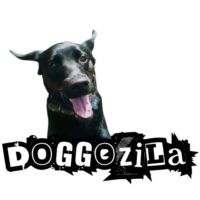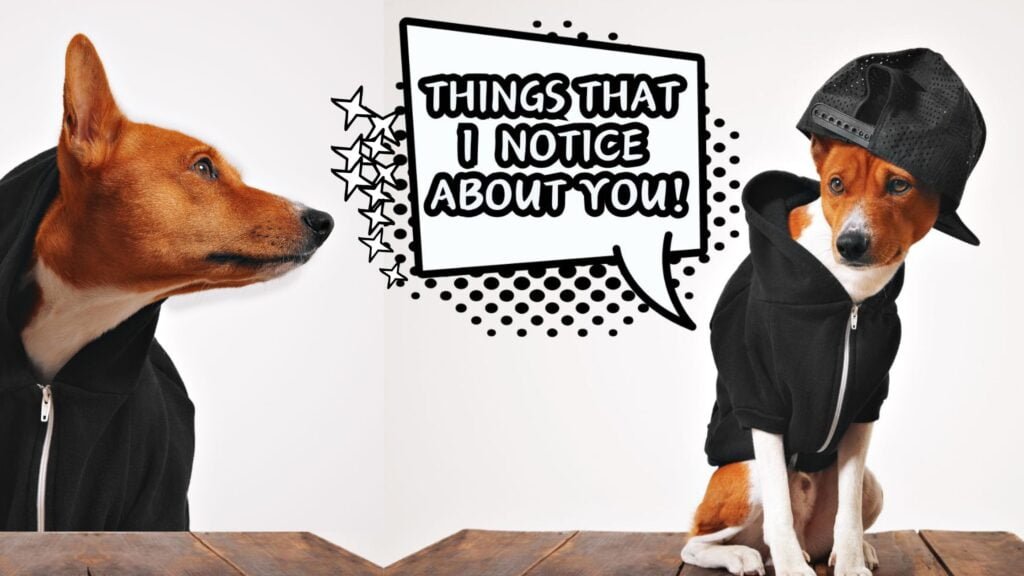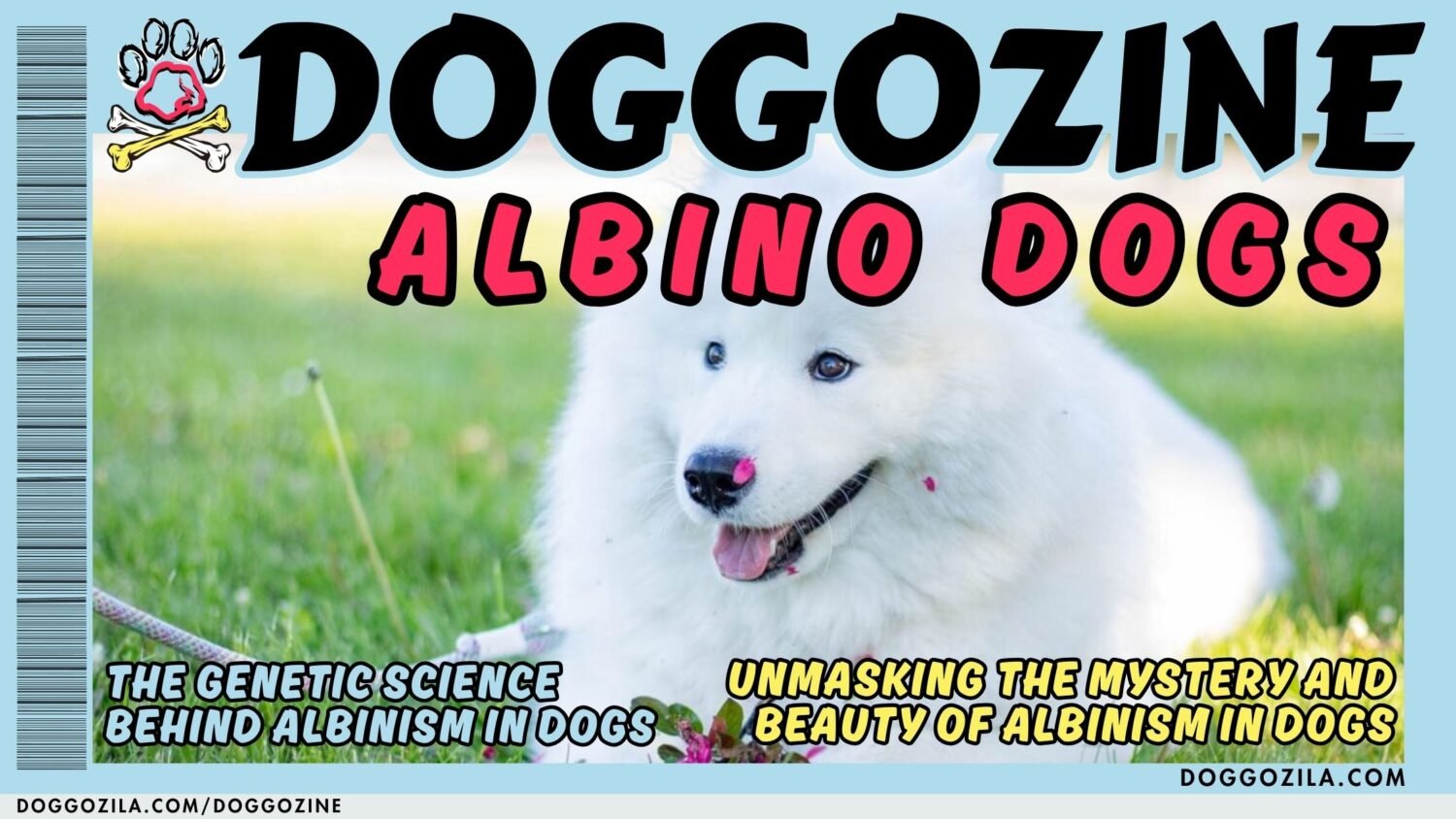Does your dog love chasing tennis balls? Well than, you should try the sport of Flyball for dogs! This fast-paced relay race is perfect for energetic dogs. It channels their love for fetch into a fun game. Watch your furry friend leap over hurdles. They will snag a ball and race back to you. This is more than just a game for your dog. It is a fantastic journey you share together. You will strengthen your bond with every single practice. Get ready for the world of Flyball for dogs. It turns natural instincts into an amazing team activity.
„Is your dog ball-obsessed? Our guide to Flyball for dogs shows how this fun relay race builds fitness, confidence, and your bond. Find out how to get started today!“

Quick Summary About The Beginner’s Guide to Flyball for Dogs
Flyball for dogs is a fast-paced, exciting relay sport perfect for ball-obsessed, energetic dogs. This guide covers everything a beginner needs to know, from the basics of how a race works to the incredible physical and mental benefits for your dog. You’ll learn how to find a local club, the essential training steps to build a foundation, and how to prepare for your first competition. Discover how this dog sport strengthens your bond and provides a fun, supportive community for you and your canine athlete.
WHAT IS FLYBALL? AN OVERVIEW FOR CURIOUS DOG OWNERS
Flyball is a relay race for dogs. It combines speed, agility, and tennis ball fun. Teams have four dogs who race one after another. Each dog runs down a course with four hurdles. They jump over each one to reach a box. The dog steps on the box pedal to get a tennis ball. Then they race back over all the hurdles with their prize. The next dog goes when the first crosses the line. This makes Flyball for Dogs a true team sport. It is a very social experience for pets and people.
The sport started in the late 1960s. It began in Southern California with creative dog trainers. A man named Herbert Wagner showed the first box on television. This made Flyball for dogs very popular very quickly. The first official tournament happened in 1983. Now, Flyball for dogs is an international sensation.
How a Flyball for Dogs Race Works: The Nitty-Gritty
Two teams race side-by-side on their own 51-foot courses. Each course has four hurdles spaced ten feet apart. The flyball box sits fifteen feet past the last jump. The smallest dog on the team sets the hurdle height for everyone. This is why small, fast dogs are so valuable. The first team with all four dogs finishing cleanly wins the heat. Some winning races end in just sixteen seconds!
Flyball for Dogs vs. Agility: What’s the Difference?
Both sports are great but they are different. Agility is a solo sport for one dog and handler. They navigate a complex course of various obstacles. Flyball for dogs is a pure team relay race. It uses a simple, repeatable sequence of hurdles and a ball. The teamwork creates a supportive, community atmosphere. Many owners find Flyball for dogs very rewarding.
The Incredible Popularity of Flyball
This sport is open to all kinds of dogs. Mixed breeds and purebreds compete together. Every dog has a role, from tiny Chihuahuas to giant Great Danes. Herding breeds often do very well because they are fast. Any ball-obsessed dog can learn to love Flyball for dogs. Big tournaments host hundreds of teams from everywhere.
🔑 Key Points: Flyball is a fast-paced, team relay race where dogs jump hurdles, trigger a ball-launching box, and race back, making it a unique and social sport for all kinds of dogs and their owners.
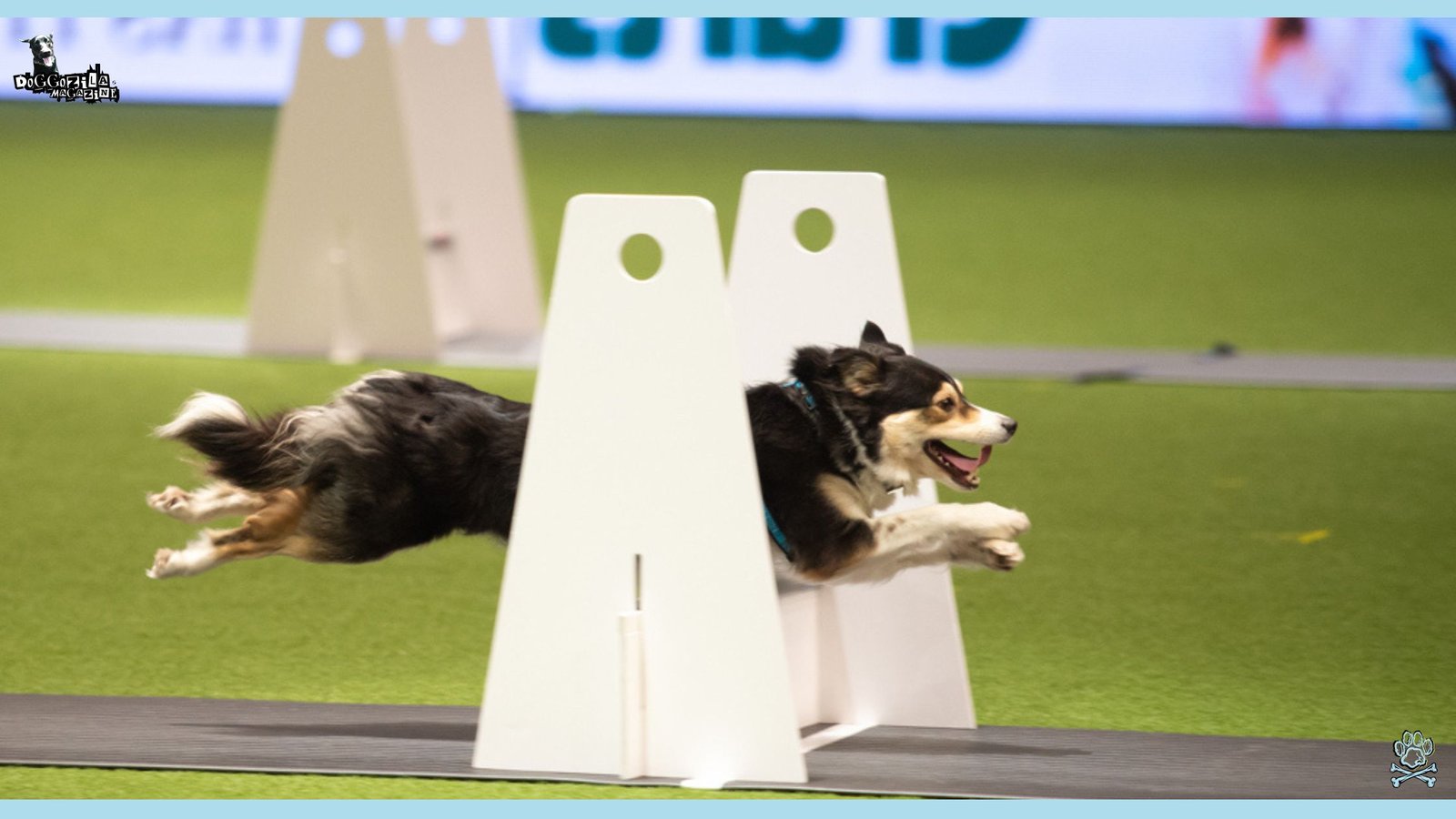
THE AMAZING BENEFITS OF FLYBALL FOR DOGS AND THEIR HUMANS
Flyball for dogs offers many benefits beyond winning. It gives your dog a fantastic full-body workout. The sport combines sprinting, jumping, and turning. This builds muscle and improves your dog’s stamina. It also helps them maintain a healthy body weight. This exercise perfectly channels energy from high-drive breeds. It leaves them happily tired and very content. The sport also provides powerful mental stimulation for your dog. They must learn a sequence of behaviors. This keeps their brain sharp and fights boredom.
Owners get great benefits from Flyball for dogs, too. Training and competing strengthens your bond with your dog. You will build better communication and mutual trust. You also join a wonderful dog community of like-minded people. People share tips, encouragement, and lots of laughter. The sport is very family-friendly. Junior handlers are often welcomed and celebrated.
Physical Fitness Advantages of Flyball
This sport is a powerhouse for dog fitness. The repeated running builds a strong heart and lungs. The jumping action strengthens their back legs and core muscles. The quick turn on the box improves coordination and agility. Flyball keeps your dog athlete in peak condition. Always talk to your vet before starting any new sport.
Mental Sharpness and Confidence Building with Flyball
Flyball for dogs is not just about brute force. It requires a smart dog. Learning the sequence and the box turn is a mental challenge. This problem-solving can build a shy dog’s confidence. Many owners see positive changes in their dog’s behavior. The sport gives them a fun “job” to do.
Socialization and Teamwork Perks of Flyball
This sport is a social bonanza for your dog! They learn to focus around other excited dogs. This can greatly improve their manners. For owners, the team aspect is a huge draw. You will train together and travel to tournaments. You will cheer each other on and create lasting friendships. The club environment is perfect for beginners.
🔑 Key Points: Flyball provides a full-body workout and mental stimulation for your dog, while also strengthening your bond and introducing you to a wonderful community of people.

STARTING WITH FLYBALL FOR DOGS: PRE-REQUISITES AND FINDING A CLUB
Make sure your dog is a good candidate first. Most groups require dogs to be at least 15 months old. This protects their growing bodies from injury. The ideal Flyball for dogs candidate loves balls and is fit. They should not be reactive to other dogs. Always get a check-up from your veterinarian first.
The best way to start is to find a local club. These groups provide expert coaching and equipment. They offer a built-in community for support. They will guide you through safe dog training steps. Look for clubs on organization websites. You can also search for “Flyball for dogs near me” online.
Is Your Dog a Good Fit for Flyball for Dogs?
The perfect flyball dog loves to play fetch. They have plenty of energy to burn. Herding and retrieving breeds often do very well. But many mixed-breed dogs become champions. The key is a strong prey drive and good health. They need a willingness to work with you.
How to Find a Local Flyball for Dogs Community
Use the “club locator” tool on national organization websites. You can also check social media for regional groups. Do not be shy about asking to watch a practice. Seeing Flyball for dogs in person is the best way to learn.
What to Expect at Your First Flyball for Dogs Practice
Your first practice will involve watching and introductions. Trainers will introduce your dog to equipment slowly. They may start with just one low hurdle. The focus is on positive reinforcement and fun. They use treats, toys, and lots of praise. Every champion started as a beginner, so be patient.
🔑 Key Points: The best way to start is by finding a local club, which provides expert coaching and equipment, after ensuring your dog is physically ready and has a basic love for fetching balls.
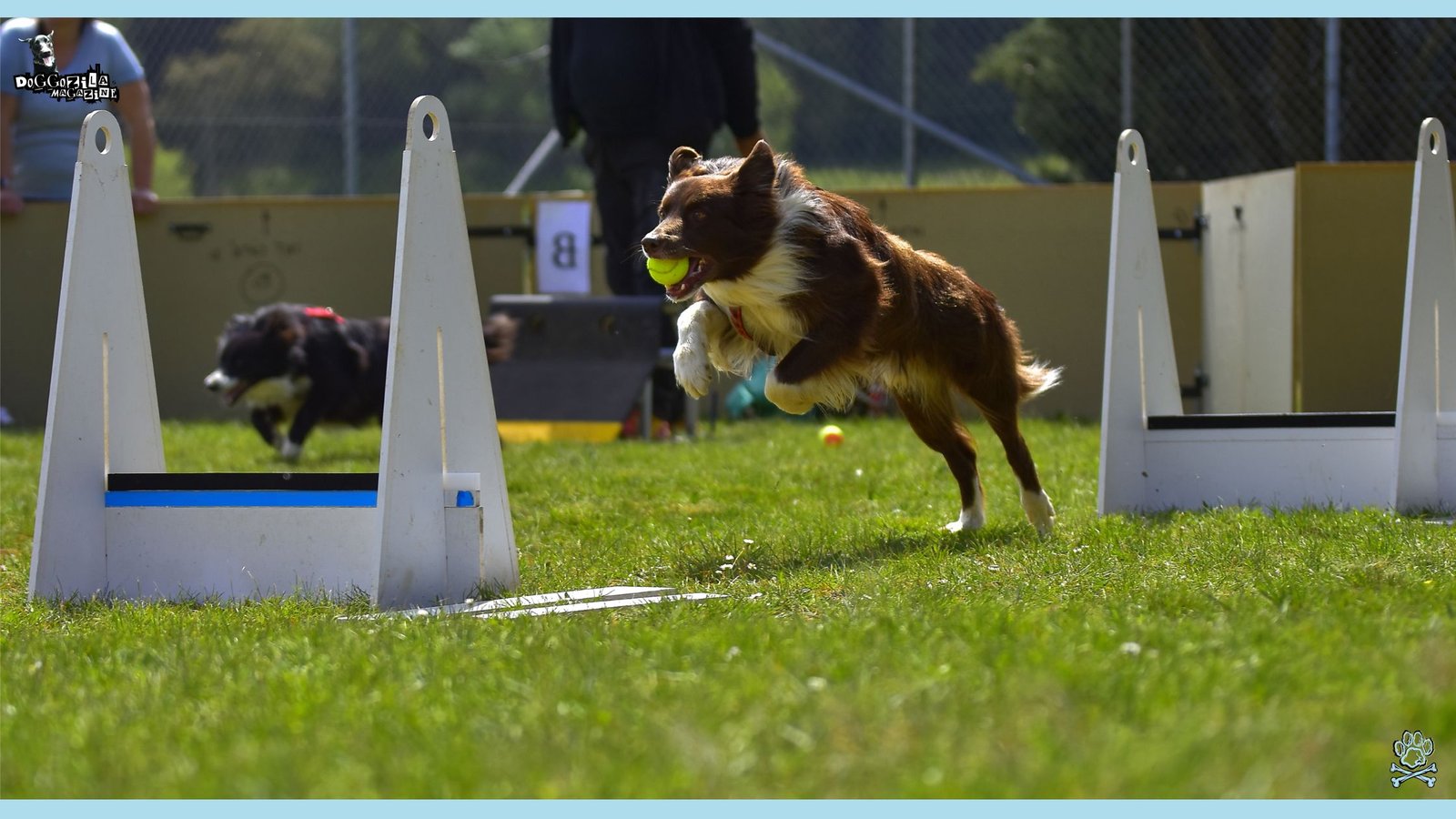
ESSENTIAL EQUIPMENT FOR FLYBALL FOR DOGS: GEARING UP FOR SUCCESS
You do not need to buy everything at once. The core pieces are hurdles, a flyball box, balls, and a timer. Hurdles are lightweight and you can adjust their height. The flyball box is a spring-loaded device that releases a ball. Clubs have this equipment for you to use during practice.
Your dog just needs a well-fitting harness and a sturdy leash. You will also need a high-value reward for training. This could be a special toy or delicious treats. The right rewards motivate your dog to work hard.
The Flyball Box: The Heart of the Sport of Flyball for Dogs
This is not an ordinary ball launcher. It is a precise piece of equipment for a fast turn. The dog steps on a pedal to trigger a ball launch. Companies build reliable boxes for competitors. A good box turn protects your dog and makes your team faster. It is a central focus of Flyball training for dogs.
Hurdles and Other Training Gear for Flyball for Dogs
Flyball hurdles are lightweight bars. They will not hurt your dog if knocked over. You can make DIY hurdles with PVC pipe or cones. Many people use target mats to teach the box turn. A mini-course in your backyard is great for practice.
DIY vs. Professional Equipment for Flyball for Dogs
DIY hurdles are a great, low-cost way to start. For the flyball box, use professional equipment at your club first. Later, a well-made box can be a wise investment for your team. These boxes give a fast, smooth ball release for success.
🔑 Key Points: While clubs have the core equipment like hurdles and the specialized spring-loaded flyball box, you mainly just need a well-fitting harness, a leash, and high-value rewards for your dog to begin training.

BUILDING A TRAINING FOUNDATION FOR THE FLYBALL SPORT FOR DOGS
Start with a solid foundation in basic obedience. Your dog must reliably come when called. They should also know sit, stay, and drop it. A powerful recall is especially critical for the race. These basic cues are the essential building blocks. Practice them in distracting places to build focus.
Use positive reinforcement for all Flyball training for dogs. You want your dog to think this is the most exciting game! Use their favorite toys or treats as rewards. Break complex behaviors into tiny, easy steps. This approach keeps your dog motivated and confident.
Mastering Basic Obedience for Flyball for Dogs
Your dog should have a solid stay and a fast recall before starting. Practice having your dog stay while you walk away. Then call them to you with great enthusiasm. Reward them heavily for coming. Practice “drop it” by trading a ball for a treat. This foundation makes all other training smoother. Check our guide about how to train your dog to drop it!
Introducing the Hurdles in Flyball for Dogs
Start with one hurdle set very low. Use a leash to guide your dog over it. Reward them generously on the other side. Toss a ball to make it more fun. Slowly raise the bar and add more hurdles later. The goal is a confident, fluid jump without stress.
Building Drive and Focus with Games for Flyball for Dogs
Turn training into playtime! Dog games like tug-of-war build drive. They also strengthen your bond with your dog. Practice quick retrieves with a ball in your yard. Make learning feel like a fun game. This high-drive attitude makes great Flyball teams.
🔑 Key Points: A solid foundation in basic obedience, especially a reliable recall, is crucial before you even introduce the hurdles or box, and all training should use positive reinforcement to keep it fun.

ADVANCED TRAINING TECHNIQUES FOR FLYBALL FOR DOGS
Connect all the pieces into the full sequence. Start with one hurdle, then run to the box. Gradually add more hurdles until they run all four. They will get the ball and return over the jumps. Keep training sessions short and positive. This builds a reliable Flyball for dogs competitor.
A fast turn at the box makes an elite dog. This is a dynamic “swimmer’s turn” on the box slope. It lets the dog change direction without losing speed. Trainers often use a wooden board to teach the motion. Mastering this turn is a game-changer for your team.
Perfecting the Box Turn in Flyball for Dogs
The goal is a tight, four-paw turn in mid-air. The dog catches the ball as they turn back toward you. This takes careful shaping and a lot of practice. Start by rewarding any interaction with the box pedal. Gradually shape for a harder press and then the full turn. A clean box turn is a huge advantage.
Sequencing the Full Course of Flyball for Dogs
Chain all the behaviors together with patience. Practice the entire sequence from start to finish. Then add a person holding your dog back with a “stay“. This builds the self-control needed for the relay race. Flawless sequencing is the ultimate training goal.
Adding Speed and Reducing Reliance on Rewards for Flyball for Dogs
As your dog gets better, phase out constant treats. Let the reward be getting the ball itself. You can start timing their runs for speed. The thrill of the race becomes the main reward.
🔑 Key Points: Advanced training focuses on connecting all the behaviors into a smooth sequence and perfecting a fast, efficient “swimmer’s turn” on the box to shave seconds off your team’s time.

GETTING COMPETITION READY WITH FLYBALL FOR DOGS
Your club captain will tell you when your dog is ready. Before a tournament, practice with other dogs nearby. This teaches your dog to focus despite distractions. It is a critical skill for Flyball for dogs tournaments.
In competition, teams race others of similar speed. This ensures close and very exciting races. Races use a round-robin format for winning. There are strict rules and penalties for mistakes. Knowing the rules helps you feel prepared.
Preparing for Your First Flyball Tournament
Pack a bag with everything your dog needs. Bring water, a bowl, a crate, and their favorite toys. Do not forget any required paperwork. Arrive early so your dog can settle in. Stay calm and positive for your dog. A smooth first experience leads to a long Flyball for dogs career.
Understanding Competition Rules and Etiquette
Each group has its own specific rulebook. Your team will help you learn the basics. Good sportsmanship is the most important rule. Always be respectful of other teams and judges. The Flyball for Dogs community is very welcoming.
Teamwork Strategies for Success
Flyball is all about the team! Fast, tight passes at the start line save time. Teams practice to perfect these passes. Communication and trust make the sport rewarding.
🔑 Key Points: Preparing for competition involves practicing with distractions to build focus and learning the team strategies for fast passes and the specific rules of the sanctioning organization.
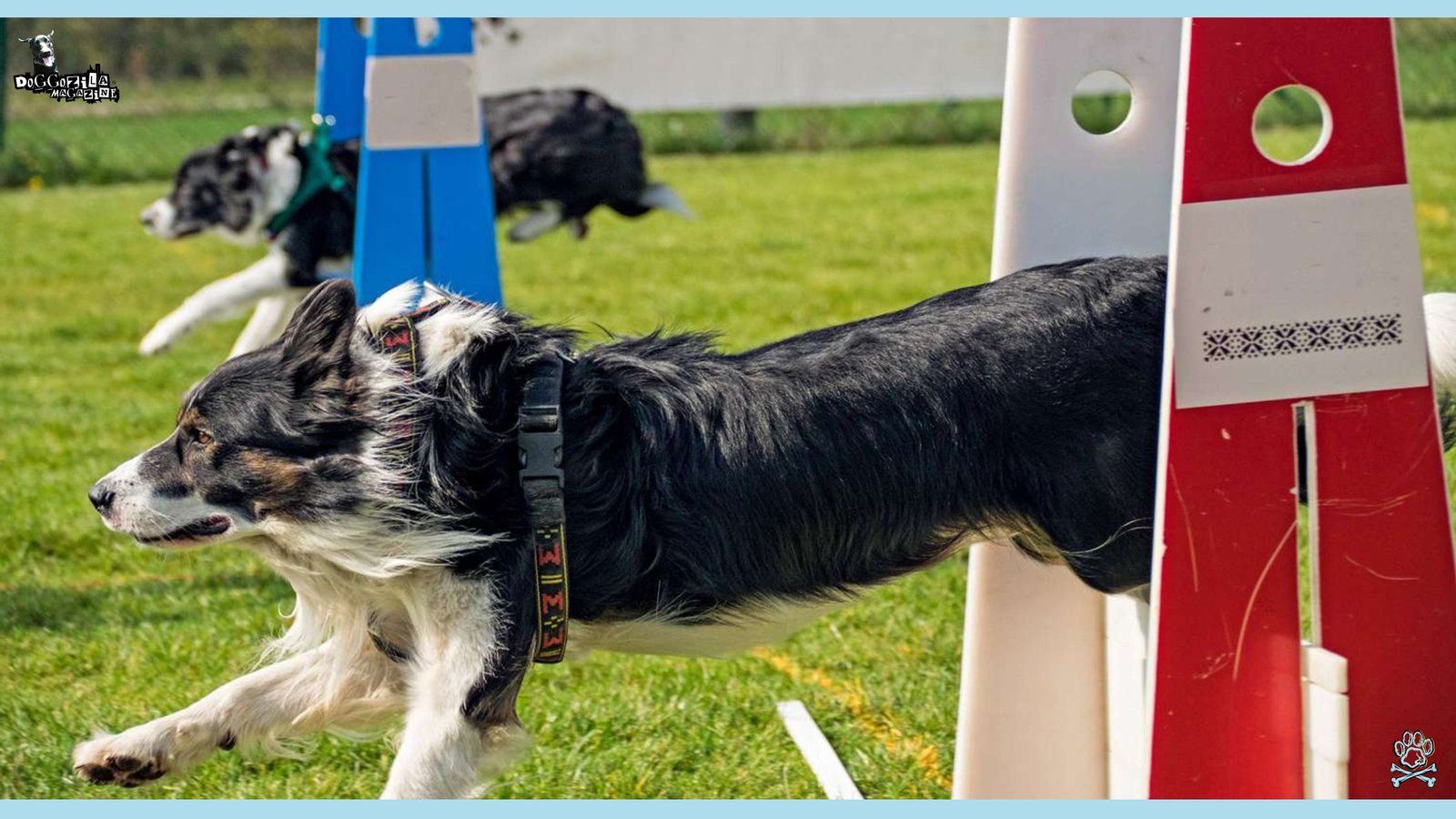
SAFETY FIRST AND HEALTH MAINTENANCE
Safety is the top priority in Flyball for dogs. Start with a vet check before you begin training. Use a proper warm-up and cool-down routine every time. A light jog is a good warm-up. A cool-down walk prevents muscle soreness.
Your flyball dog needs proper conditioning. Build their stamina and strength gradually over time. Train on firm but forgiving grass or turf. Watch for signs of fatigue in your dog. Never push them past their limits. The goal is a long, healthy Flyball career for dogs.
Common Injuries and Prevention Tips
Sprains and strains are the most common injuries. They come from intense jumping and turning. Keep your dog at a healthy weight to prevent them. Strong core muscles also help avoid injury. A proper box turn protects your dog’s joints. Regular vet check-ups are your best tool.
The Importance of Warm-ups and Cool-downs
A good warm-up gets blood flowing to the muscles. This makes them more flexible and safer. A five-minute brisk walk is a great start. A cool-down walk lowers the heart rate slowly. Make this a non-negotiable part of your routine.
Nutrition and Hydration for the Canine Athlete in Flyball for Dogs
An active flyball dog has higher energy needs. Feed a high-quality performance diet for energy. Your vet can recommend the best food for your dog. Always provide fresh, clean water. Proper fueling helps your Flyball for dogs competitor shine.
🔑 Key Points: Prioritizing your dog’s safety requires a vet check, proper conditioning, and consistent warm-up/cool-down routines to prevent common injuries and ensure a long, healthy sporting career.

FREQUENTLY ASKED QUESTIONS ABOUT FLYBALL FOR DOGS
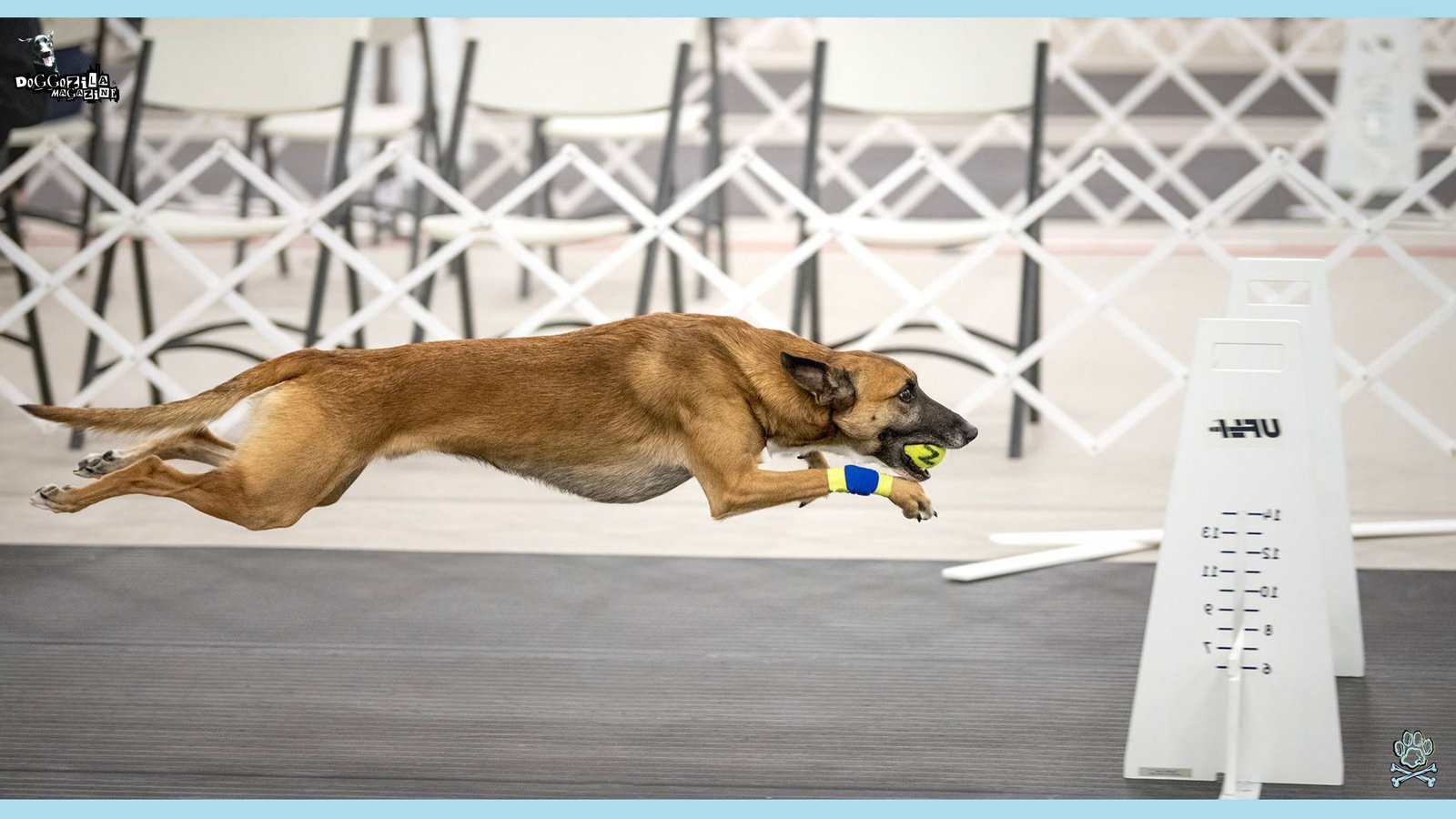
Important Links Recommendation!
How to Teach Your Dog to Trade? Step By Step Guide
Dog Recall Training: Teach Your Dog to Come When Called
How To Train Your Dog To Drop It? Step By Step Guide
